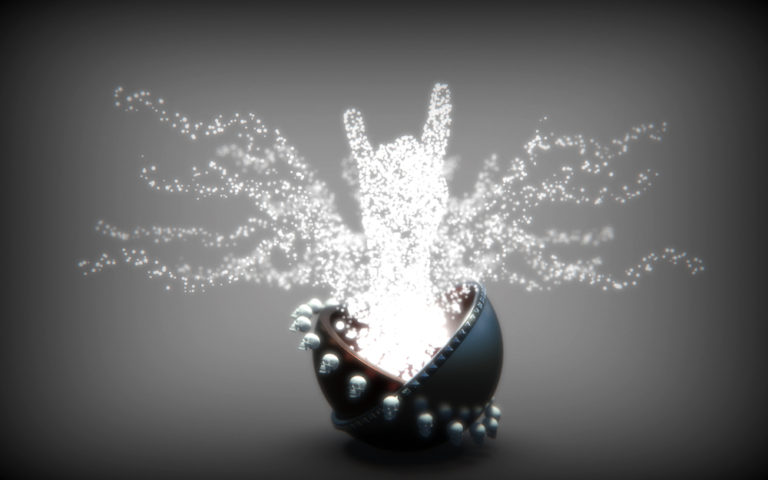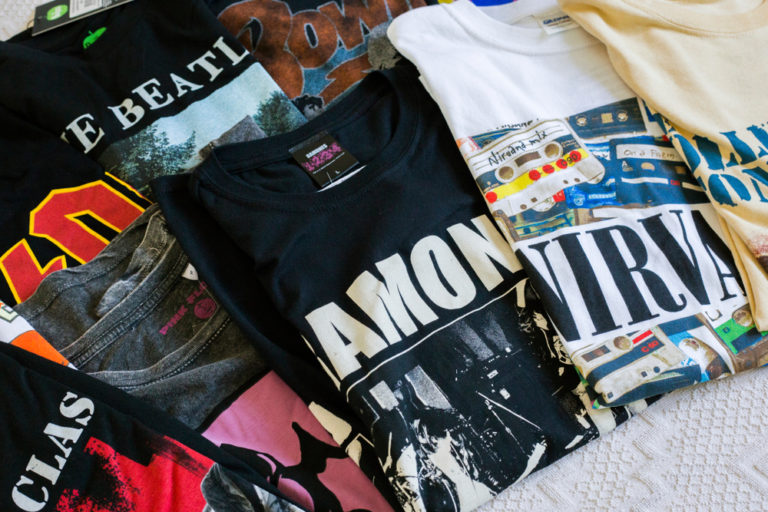Are Rock Bands Turning To Pop?
If you’re a big fan of Rock music, you may notice that more and more bands seem to be shifting to something that sounds more like Pop. But are Rock bands really turning to Pop? Here’s a look at some trends throughout the years that might help explain this phenomenon.
Rock and Pop aren’t mutually exclusive genres, but the combination has led to countless subgenres emerging as a consequence of new trends in the industry. If audiences react well to new sounds, they’re incorporated into artists’ music. So, Rock music has evolved to take on a more “Pop-like” sound.
Rock music has come a long way since Elvis Pressley’s unique blend of the guitar and bass created the punchy music style known as “Rock ’n Roll” in the 1950s. It has evolved as new artists emerged with sounds that grew popular among larger audiences. There was once a time when Pop and Rock were considered almost synonymous. Here’s a look at the backstory.
A Timeline of Rock bands Turning To Pop
Pop is short for “popular” music and, although there are some technical distinctions between it and the Rock music genre, it can take on any style, like Jazz, Classical, Blues, Country, R&B, Rap, or any other genre.
Pop can therefore be, and often is, Rock music as well.
Elvis and The Origins of Rock ‘n Roll
Rock ‘n Roll has its origins in the sounds brought to us by the likes of Elvis Pressley and Chuck Berry, who used popular, catchy sounds that wowed audiences and lay the ground roots for a pop revolution, which has always been about maximizing revenues across the largest group of people possible.
The Beatles & Pop Rock in the 60s
In the 60s, Rock ‘n Roll would evolve into Pop Rock. The mellow rock sounds that The Beatles used to capitalize on Pop music culture led to the emergence of Pop Rock, which also brought about bands like The Rolling Stones, The Who, The Jimmi Hendrix Experience, and other artists that would mix and experiment with sounds that were hits with huge audiences. This form of rock, also known as Power Pop, represented young music fans’ rebellion against the purpose of Rock music for previous generations.
This coming-of-age of various bands during the 60s also conceded with the Hippie movement, with the “British Invasion” in America representing an enormous cultural shift. Since then, culture has evolved, new mediums, such as electronic music, have gained popularity, and rock music has had to evolve with it to meet the demands of its audiences.
The 1970s: Punk, Hard Rock & Soft Rock
Following the enormously successful 1960s, where Rock music was Pop music, Punk Rock was one of the major subgenres to resonate with Rock fans, with bands like The Sex Pistols, The Ramones, and The Clash having a short-lived period at the top under the larger umbrella of Rock music.
Other subgenres like Soft Rock and Hard Rock shot artists and bands like Fleetwood Mac, Rod Stewart, Led Zeppelin, Rush, and Whitesnake dominate the charts throughout the decade.
The 1980s: Disco Music & Rock’s Early Decline
In the 1980s, Disco music would start to dominate the scene, drawing in the biggest audiences. Rock would continue to splinter as a genre, with Glam Rock, Metal, Alternative and other subgenres emerging throughout the era. The most popular music included bands like R.E.M., while bands like Motley Crüe, Poison, Van Halen, Guns ‘n Roses, and Bon Jovi also led the way in the genre.
The 1990s: Grunge & The Return of Pop Rock
A resurgence of bands Pop Rock culture in the 1990s brought bands like Green Day and Weezer into the spotlight, while it was Nirvana and Pearl Jam’s Grunge Rock that almost destroyed Rock music entirely (much like The Beatles in the 60s) by rejecting many of its pretentious, which created and gave rise to even more subgenres such as Indie, Alternative, Garage Rock, Post-Grunge and many more.
The 2000s: Blink 182, The Killers, Oasis, and The Continued Revival
Many bands carried the revival of Rock into Pop music into the 2000s and took it to a new level. Catchy and even, at times, humorous tunes resonated with audiences, with garage rock, pop-rock, punk bands like Blink-182, Sum 41, and Green Day dominating the charts, along while hard rock and ballads continued to appear at the top of the charts around the world.
The Killers, Oasis, Limp Bizkit, Creed, Staind, and others retained a “purer” Rock sound, while the shorter, punchier, and catchier songs released by more “Pop-sounding” artists like Avril Lavigne or Bowling for Soup would spend briefs periods at the top of the charts.
In the late 2000s, Emo music had a pretty large surge in popularity, with bands like Panic! At The Disco, Paramore, Fall Out Boy, and My Chemical Romance leading the Rock Music in the charts.
The 2010s & Beyond
More than 50 years after The Beatles and The Rolling Stones formed part of “The British Invasion, Rock Music has turned from a single genre into a massive catalyst of subgenres that all try to appeal to different audiences that want different sounds of music. While what we define as the typical Rock music style remains relatively stable, artists worldwide are continually experimenting with new sounds and styles, reviving forgotten subcultures, and reinventing themselves.

Rock Music Will Always Be Changing, and There’s Nothing You Can Do About It
So, while you may think that Rock bands are turning to Pop, this isn’t the case.
The technical differences between Rock and Pop music do exist. For example, Pop music has a distinguished vocal lead and instrumental or vocal backings, while Rock uses a more “full”, intense sound. However, there are no hard and fast rules for this.
If it upsets you that Rock Music has lost its so-called “purity” and is now starting to resemble Pop music far more than you like, it’s because new sounds sell. Audiences don’t want to listen to the same sounds over and over again, and nostalgia isn’t as appealing to some as it is to others.
When audiences react well to a trend, that trend will always be marketed to a wider audience and will gather momentum if it sticks. Many copies or variations on these trends (new bands, new songs, new subgenres) will spin-off of this until the market is saturated with music that offers these fleetingly popular sounds.
This is how Rock Music managed to evolve over the years, from swing to rock ‘n roll to Pop Rock to Punk to Disco to Grunge to Emo to everything that falls in between.
Without consideration for Pop music and what is popular among audiences at a given time, Rock music would not have evolved into the genre we all know and love today. We’d still be listening to music like Elivis’ and The Beatles’, and we wouldn’t have ever heard the evolved iterations of their music in the form of bands like Green Day or Blink-182 or AC/DC or any of the other bands that have been capturing our imaginations on the airwaves for generations.
Sources
Why is rock turning into more of pop? | Quora
What are the basic differences between rock and pop? | Quora
History of the pop rock genre | SlideShare
Pop Rock Music History | World Music
The History of Musical Genres, Part 5: Pop, Rock ’n’ Roll and Rock | Yamaha Music USA








